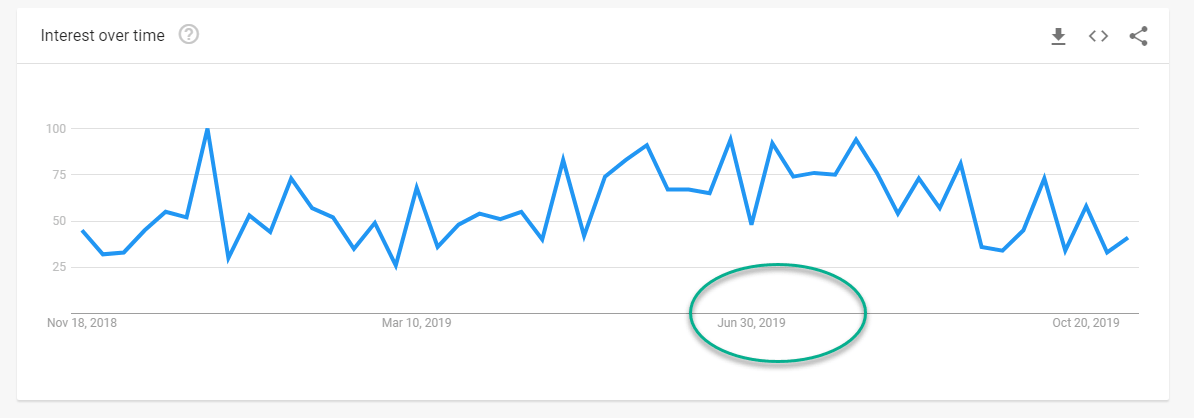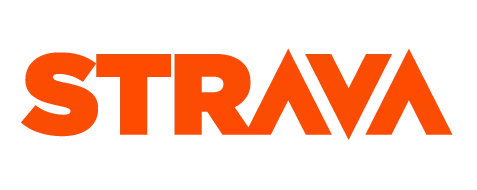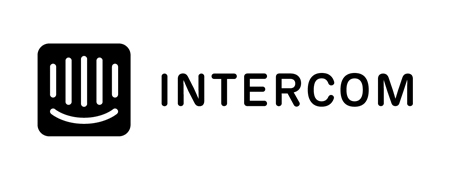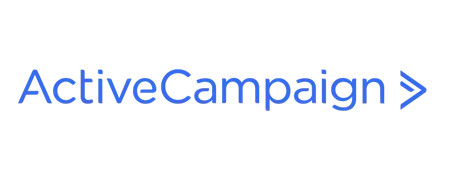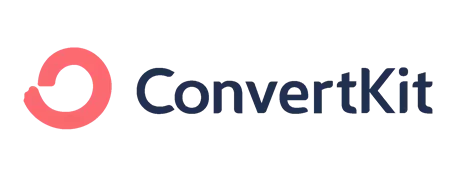As a running, triathlon or endurance coach, you probably know the feeling of being swamped with work during the busy season. Training plans need to be written, workouts need to be monitored, and athletes need support and guidance (some more than others, lol). It can be hard to find time for anything else, let alone to think about ways to improve your coaching business.
But what if I told you that the off season is the perfect time to focus on these things? By taking advantage of the slower pace, you can create a more efficient and effective coaching business, leading to better experiences for your clients and better financial results for yourself.
This is the exact same concept you likely recommend to your clients for the off-season. Take some time to recover but then build strength and resilience so they can continue to improve year after year.
The off-season is the best opportunity for you to implement the things you’ve always wanted to achieve in your business but have never been able to find the time to even get started on them.
All the info below is applicable regardless of what sort of coaching platform you currently use but I do want to plug our platform Training Tilt as it is the only tool that offers a very broad range of features to help with getting good results for your clients but also for your business.
Strategize and Plan
The off season is a great time to take a step back and think about the big picture. What are your goals for the upcoming season? What worked well last year and what could be improved? How can you better serve your clients and grow your business? Take the time to brainstorm and come up with a plan to make your coaching business even better.
Know Your Numbers
Before you start strategizing and planning for the upcoming season, it's important to take stock of your current situation. This means looking at your numbers and metrics to see how your coaching business is performing. What is your retention rate (how many clients do you keep vs lose after each season)? What is your average revenue per client? How many clients do you have on each of your coaching plans? How many new clients do you typically acquire each season?
By knowing these numbers, you can better understand where you are starting from and what areas you need to focus on to improve. For example, if you have a high retention rate but a low average revenue per client, you may want to focus on upselling or offering additional services to increase revenue. On the other hand, if you have a low retention rate, you may want to focus on improving the quality of your coaching and support to retain more clients. By understanding your existing situation, you can set more effective strategies and goals for the upcoming season.
One simple and effective way to store your numbers and metrics is to use a spreadsheet. A spreadsheet allows you to organize and track your data in a clear and concise manner. You can create columns for different metrics, such as retention rate, average revenue per client, and new clients acquired, and enter the data as it becomes available. You can also use formulas to perform calculations, such as finding the average or total for a particular metric. Spreadsheets are easy to use and can be accessed from any device, making them a convenient option for coaches.
Collect Client Feedback
our clients are the ones who know best what is working and what isn't. Ask for their feedback and listen to what they have to say. What do they like about your coaching style and services? What could be improved? Use this information to make changes and adjustments that will benefit both you and your clients.
Create a survey or online form for your clients to fill out. Consider making it an option for the feedback to be anonymous, coaches typically have good relationships with their clients so it makes it difficult for clients to share any negative feedback especially if they are happy overall with the service. This makes it more likely to find things you can improve.
Go deeper with some of your clients who have more insight to share. Some clients can better articulate ways you can improve your business than others. Have one-on-ones with these clients to delve deeper into feedback and work together to find ways you can improve the service you provide to that specific client but also for your service in general.
Look For Industry Trends
As part of knowing your numbers and metrics, it's also important to stay up-to-date with industry trends. This can help you understand what types of races and events your clients are interested in and what technology they are using. By incorporating this knowledge into your coaching programs, you can make sure that your programs are relevant and appealing to your clients. For example, if you see that a particular type of race is gaining popularity, you could create a training program specifically tailored to that event. Or, if you notice that your clients are using a certain type of training app or device, you could incorporate it into your program and provide guidance on how to use it effectively. By staying informed about industry trends, you can make your coaching programs more valuable and effective for your clients.
A good example is the growth in online cycling platforms like Zwift over the last few years. Google trends is a great tool to use to discover new trends in the endurance sport industry. Check out my blog on using Google trends with the Zwift example here.
Develop New Coaching Programs
Once you have collected feedback from your clients and have a good understanding of your numbers and metrics, and potential industry trends, you can use this information to create new coaching programs and the required materials. This can be an exciting and rewarding part of the off season, as it allows you to innovate and experiment with new ideas. For example, if you have received feedback that your clients would like more personalized training plans, you could create a program that offers tailored plans based on individual goals and abilities. Or, if your metrics show that you have a more new clients than you can cope with each season, you could create different programs and lower price points that take less of your time so you can have a larger overall pool of clients. By creating new coaching programs, you can offer your clients more value, increase your total number of clients and improve their experiences, which will lead to better retention and more total revenue for your business.
There are a number of different formats of coaching programs that can reach different segments of the overall coaching market that can’t be reached with on-on-one coaching alone.
Here are a few examples of the formats you can adopt;
- Multiple pricing tiers for one-on-one coaching
- Cohort group coaching - A group doing the same training for specific dates
- Evergreen group coaching - Continuous coaching that clients can join at any time
- Downloadable training plans - Fixed price one-off products
- Self service training plans - For a fixed or recurring price
- Self paced courses
and here are some specific examples to help you with ideas;
- Courses - Run training basics for beginners
- Courses - Heart rate, pace, or power based training techniques
- Courses - Injury prevention and longevity
- Courses - How to train effectively with Zwift
- Training Plans - Strength and Mobility
- Training Plans - Pre-season build up
- Training Plans - Off-season maintenance
- Training Plans - Post-season recovery
- Training Plans - Nutrition and Meal Plans
- Cohort Group Coaching - Marathon Training Group (for a specific race)
- Evergreen Group Coaching - “First Marathon” Training Group
Implement Systems and Processes
Now you know your numbers and have a bunch of great ideas for new programs to help grow your business you need to free up some time not just in the off season but also once the busy season rolls back around.
As a coach, you likely have a lot of moving parts to manage. Training plans, schedules, communications, and more can all add up to a lot of time and effort. The off season is a great time to implement systems and processes that will make your coaching business more efficient and effective. For example, you could create templates for training plans, set up a system for tracking and monitoring progress, or develop a system for communicating with clients.
Create Standard Operation Procedures (SOP’s)
Another way to save time and improve your coaching business is to implement a tool for recording standard operating procedures. As a coach, you likely have a lot of tasks and processes that need to be done in order to run your business effectively. These can include things like creating training plans, managing client communications, creating and sharing content. By recording standard operating procedures for these tasks, you can ensure that they are done consistently and efficiently, without you having to be the bottleneck. A tool for recording standard operating procedures can be as simple as a document or spreadsheet where you outline step-by-step instructions for each task. You can then share this with your team or clients, so that everyone knows how to complete the tasks correctly and efficiently. This can save you time and allow you to focus on the more important aspects of your coaching business.
Here at Training Tilt we use Notion for creating and sharing our SOP’s but there are plenty of other options available like Google Docs, Dropbox and many others. We find Notion is great because it allows use to structure our content in a way that makes it extremely easy to find and navigate,
Implement a Coaching Platform
One way to save time and improve your coaching business is to implement a coaching platform. A coaching platform is a software tool that allows coaches to manage and analyze training for their clients. With a coaching platform, you can create and share training plans, track progress, and communicate with clients all in one place. This can save you time and effort, as you don't have to manage multiple applications or systems to do these things. In addition, a coaching platform often includes analysis tools that can help you gain insights into your clients' training and performance. This can help you provide more personalized and effective coaching, leading to better results for your clients and your business. There are many different coaching platforms available, so be sure to do your research and choose one that fits your needs and budget.
There are a number of coaching platforms you can use to coach your clients, but Training Tilt is the only platform that allows you to combine planning and analyzing training, accepting payments and onboarding new clients, creating and sharing content, communicating with clients, and sharing it all online with a fully integrated coaching website.
Conclusion
By taking advantage of the off season to strategize, collect feedback, and implement systems, you can save time, be more efficient, and ultimately create a better experience for your clients. This, in turn, can lead to better financial results for your coaching business. So don't let the slower pace of the off season fool you – it's the perfect time to invest in the success of your coaching business.
Checkout out our coaching platform Training Tilt to help you implement most of the things you need to save time and get better results for your clients and your business.
Take our Free "Authentic" Marketing Course for Coaches
Designed for endurance sport coaches. Marketing doesn't need to be pushy. The best marketing simply creates a win-win relationship between you and your customers. Take the simple 6 part course to learn more.


